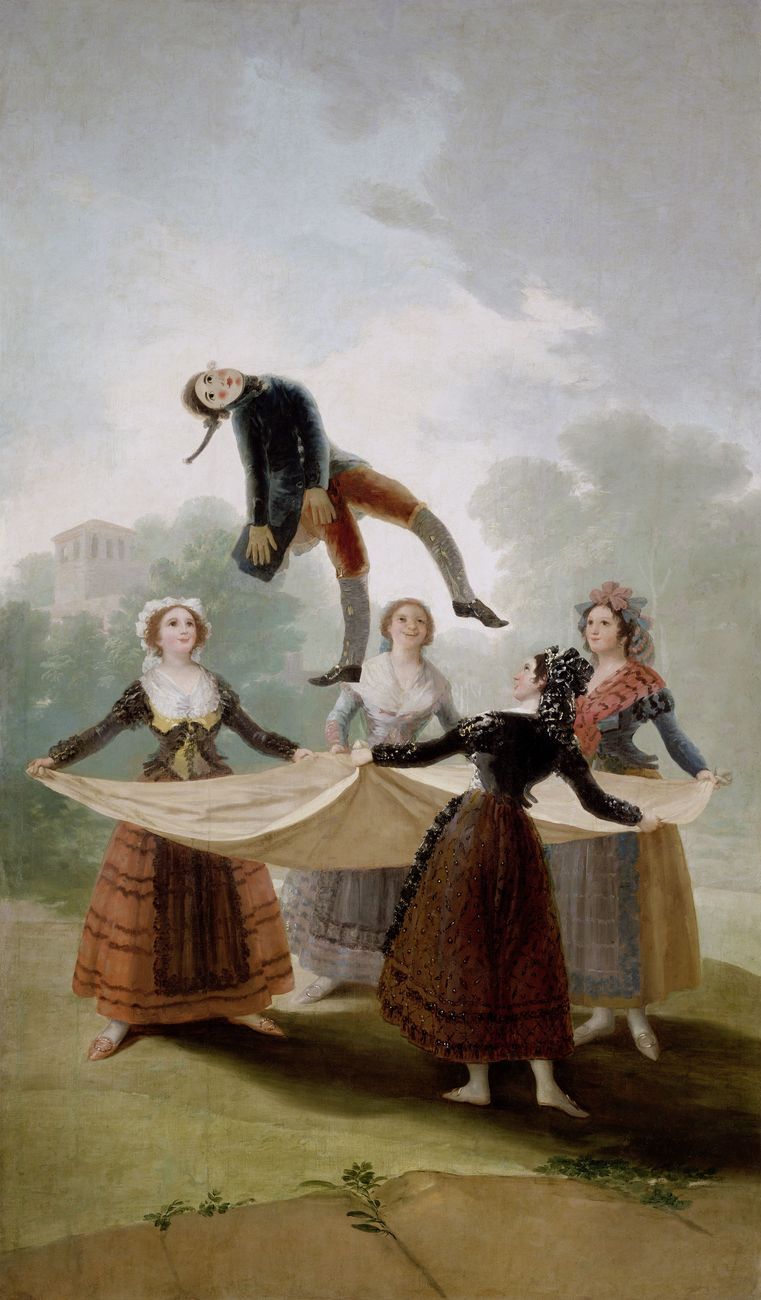Il lato oscuro della ragione: sogno e follia in Kant, Hegel e Goya
DOI:
https://doi.org/10.54103/2240-9599/20091Abstract
Interest in dream and madness, conceived as the loss of a world shared with others, and the individual’s entry into a private world governed by a personal logic unrelated to the waking state and to common feeling, recurs in at least three of Kant’s works: Essay on the Diseases of the Head, (1764), Dreams of a Spirit-Seer (1766), and Anthropology from a Pragmatic Point of View (1798). Hegel too, from an early age, showed a strong fascination and a precocious interest in psychopathological matters (states of altered consciousness, prophetic dreams, somnambulism, catalepsy, witchcraft etc.) to which he devoted intriguing reflections in various works from different periods: from the Berne Ms Philosophy of Subjective Spirit (1794/95) to the Phenomenology (1807), from the Philosophical Propaedeutics (1808ff.) to the Encyclopedia of the Philosophical Sciences (18303). Starting from the remarks of the two philosophers, this paper aims to underline the conceptual links between their thought and that of some renowned psychologists and psychiatrists of the 1800s-1900s (Pinel, Janet, Adler, James, Binswanger, Freud et al.). On the other hand, the paper also seeks to show – within the framework of an idea of reason dating back to Heraclitus (about 544/483 B.C.) – some murky motifs, not always adequately emphasized in the past, found in the figurative and literary works of the late 1700s (e.g. Fuseli’s The Nightmare, Coleridge’s The Rhyme of the Ancient Mariner, and, in particular, plate Nr. 43 of the Caprichos by Goya, El sueño de la razón produce monstruos), where there emerges a «dark side» of psychic activity emblematically described as the cryptic relationship between dream and madness.



